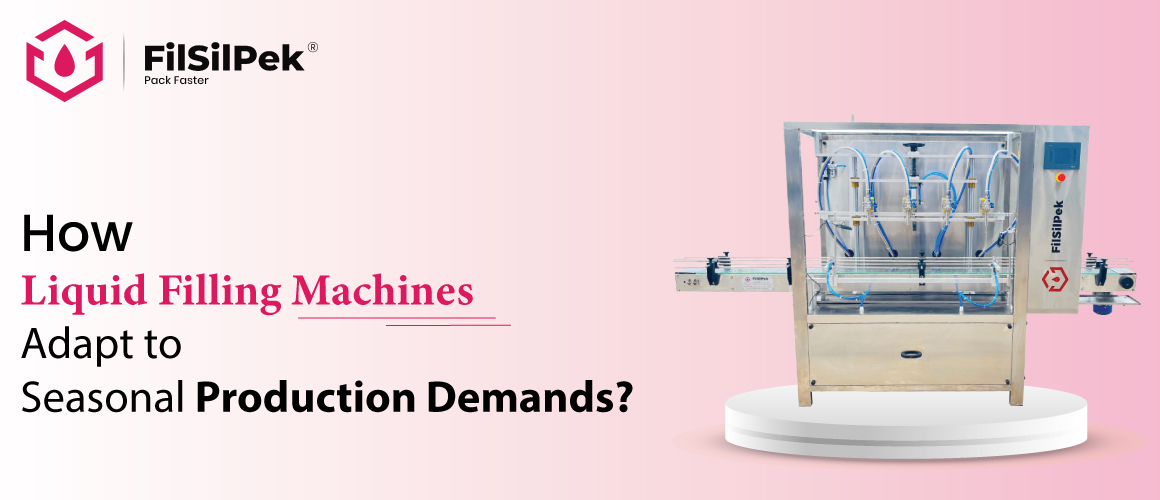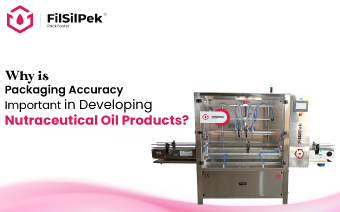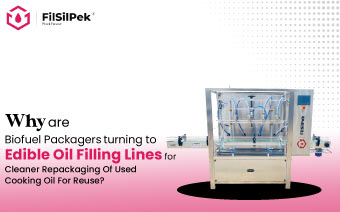How Liquid Filling Machines Adapt to Seasonal Production Demands?
Liquid filling machines are essential for efficient packaging in industries like beverages and pharmaceuticals. Their ability to precisely fill containers with liquids makes them crucial, especially during periods of fluctuating seasonal demand. For example, beverage producers may experience higher demand in summer, while pharmaceutical companies face spikes in flu season. Adapting to these changes is vital for maintaining production efficiency and meeting market needs.
In this article, we will explore how liquid filling machines adjust to seasonal production demands. We’ll delve into the key features that enhance their flexibility, including modular components, adjustable fill speeds, and automated changeovers.
Understanding Seasonal Production Demands
Seasonal production demands refer to fluctuations in product demand that occur at specific times of the year. For instance, beverage companies may experience higher demand during summer months or holiday seasons, while pharmaceutical companies might see spikes in demand for flu-related products during winter. Adapting to these demands is critical for maintaining production efficiency and meeting market needs.
Types of Liquid Filling Machines
Before delving into adaptability, it’s essential to understand the various types of liquid filling machines:
- Volumetric Fillers: Measure a precise volume of liquid and fill each container with the same amount. These are commonly used for high-speed production lines.
- Piston Fillers: Use a piston to draw liquid into a chamber and then discharge it into the container. They are ideal for thick or viscous liquids.
- Peristaltic Fillers: Employ a rotating mechanism to squeeze liquid through a tube. These are suited for applications where contamination is a concern, as the liquid only comes into contact with the tube.
- Gravity Fillers: Rely on gravity to flow liquid into containers. They are generally used for thin liquids and are often employed in slower production lines.
The Ways Liquid Filling Machine Adapting to Seasonal Demands
1. Modular Design for Flexibility
Many modern liquid filling machines are designed with modular components, allowing for easy adjustments and upgrades. This modularity means that a filling machine can be reconfigured to handle different product types, container sizes, or filling volumes as production needs change. For instance, a machine designed to handle 500ml bottles can be quickly adapted to fill 1-litre bottles by changing the filling nozzles and adjusting the machine settings.
2. Adjustable Fill Speeds
To accommodate varying production volumes, liquid filling machines often feature adjustable fill speeds. During peak seasons, such as the holiday rush for beverage companies, the fill speed can be increased to meet higher demand. Conversely, during slower periods, the speed can be reduced to avoid overproduction and waste.
3. Automated Changeovers
Advanced liquid filling machines come equipped with automated changeover systems. These systems can quickly switch between different product types, container sizes, or fill volumes with minimal downtime. This capability is particularly beneficial during seasonal transitions when production lines may need to be reconfigured frequently.
4. Enhanced Cleaning and Maintenance
Seasonal production peaks can also impact the cleaning and maintenance schedules of liquid filling machines. Machines that are easy to clean and maintain reduce downtime and ensure consistent product quality. Many modern machines feature automated cleaning systems that minimise manual labour and ensure thorough cleaning between different product runs.
5. Real-Time Monitoring and Adjustments
Sophisticated liquid filling machines are equipped with sensors and real-time monitoring systems that track production metrics such as fill volume, speed, and temperature. These systems can provide data-driven insights, allowing operators to make on-the-fly adjustments to maintain optimal performance. For example, if a machine detects that the fill volume is slightly off, it can automatically adjust the settings to correct the discrepancy.
6. Integration with Inventory Management Systems
Liquid filling machines that integrate with inventory management systems can better adapt to seasonal production demands. These systems track raw material availability, production schedules, and inventory levels, enabling more accurate forecasting and planning. This integration helps ensure that production lines are stocked with the necessary materials and that output aligns with market demand.
7. Customization for Specific Needs
Finally, some liquid filling machines are customised to meet specific industry requirements. For instance, pharmaceutical companies may require machines that adhere to strict hygiene and regulatory standards. Seasonal adjustments for these machines might include calibrating the equipment to handle different types of liquid medications or altering the filling process to comply with regulatory changes.
Conclusion
Staying ahead of seasonal production demands is key to keeping your operations smooth and efficient.
If you want to improve your liquid filling processes and ensure you’re ready for any demand shift, let’s chat! Contact us at [email protected], and let’s explore how our cutting-edge solutions can benefit your business.
Why is packaging accuracy important in developing nutraceutical oil products?
Nutraceutical oils have carved out a strong space in health-conscious markets, offering benefits…
Why are biofuel packagers turning to edible oil filling lines for cleaner repackaging of used cooking oil for reuse?
The shift toward sustainable energy sources has placed used cooking oil (UCO) in the…
How do Ayurvedic oil brands preserve aroma and viscosity with automatic filling?
Ayurvedic oils carry more than just herbal ingredients—they are a blend of tradition, delicate aromas, and therapeutic richness…



